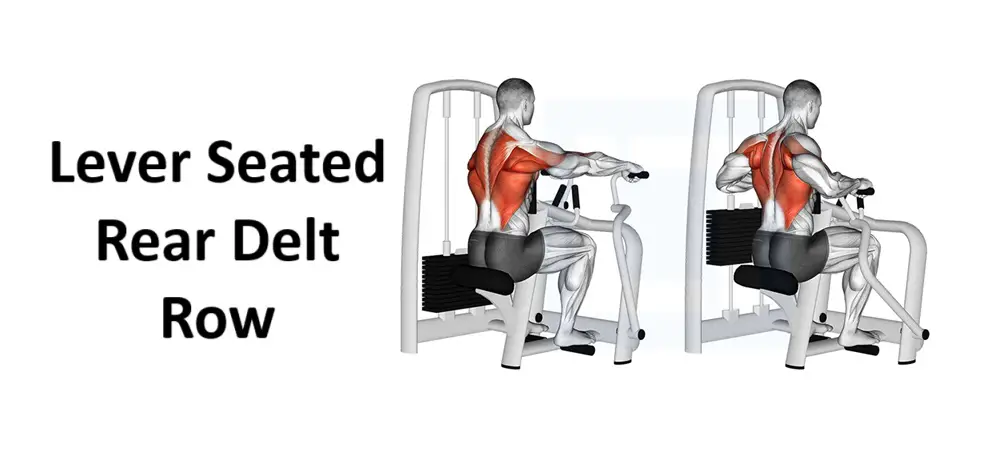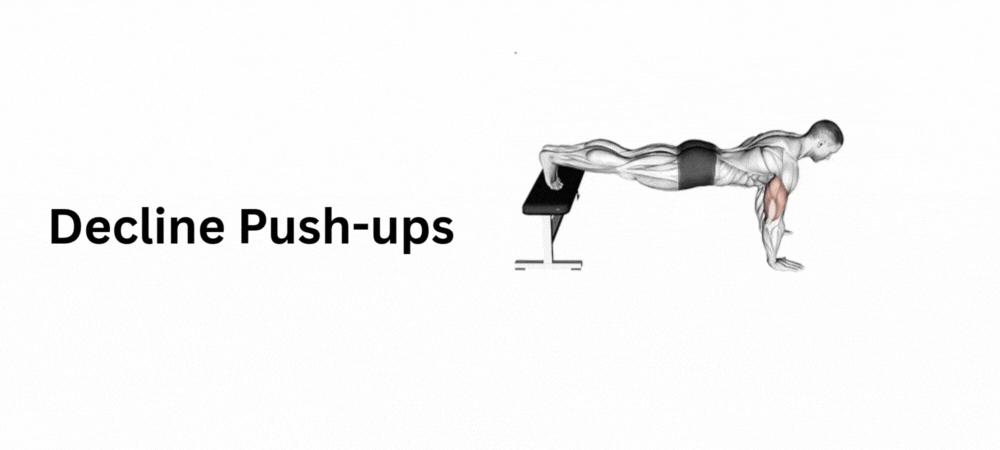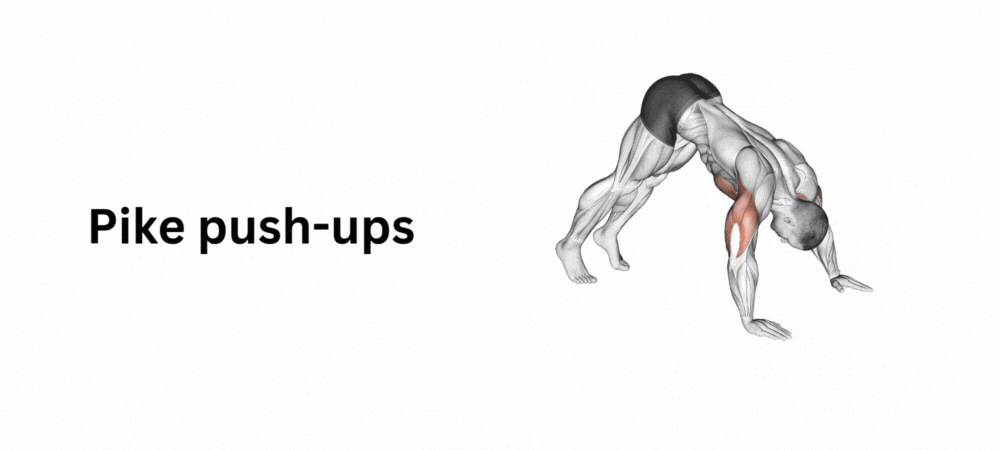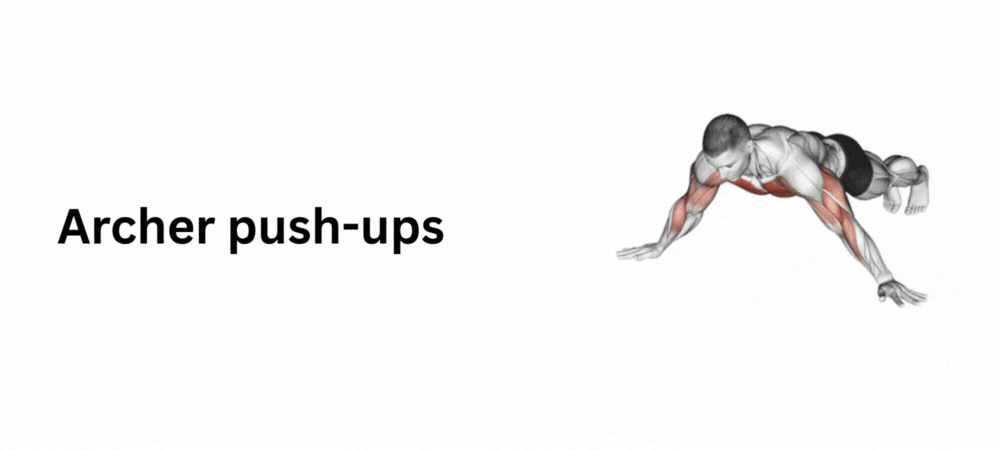Table of Contents
Introduction
The Lever Seated Rear Delt Row is a machine-assisted exercise designed to target the rear deltoids and upper back muscles. Using the lever mechanism of a plate-loaded or selectorized machine, this exercise offers controlled movement and consistent tension, making it an excellent choice for isolating the rear shoulders while minimizing the risk of injury.
This exercise is ideal for lifters looking to improve their shoulder stability, enhance posture, and develop a balanced physique. It’s especially useful for beginners who may struggle with proper form in free-weight exercises like the bent-over row or rear delt fly.
Instructions: How to Perform Lever Seated Rear Delt Row
Follow these steps for proper execution:
- Setup:
- Adjust the seat height so that the handles of the machine are at shoulder level.
- Sit on the seat and press your chest firmly against the support pad.
- Grab the handles with a neutral or overhand grip, depending on the machine’s design.
- Positioning:
- Keep your back straight and core engaged throughout the movement.
- Allow your arms to extend fully in front of you, creating a slight stretch in your rear delts.
- Pull the Handles:
- Exhale and pull the handles back toward your torso in a controlled motion.
- Focus on squeezing your shoulder blades together at the peak of the movement.
- Avoid using momentum or jerking the weight.
- Controlled Return:
- Inhale and slowly return the handles to the starting position, maintaining tension in the rear delts.
- Repetitions:
- Perform 10–15 reps for 3–4 sets, adjusting the weight to suit your fitness level.
Benefits of Lever Seated Rear Delt Row
The Lever Seated Rear Delt Row offers numerous advantages, including:
- Isolation of Rear Delts: Provides focused activation of the posterior deltoids, which are often undertrained.
- Improved Posture: Strengthens the muscles responsible for pulling the shoulders back, combating forward rounding.
- Reduced Injury Risk: The machine-guided movement reduces strain on the lower back and ensures proper form.
- Suitable for All Levels: Beginners and advanced lifters alike can benefit from this controlled exercise.
- Enhanced Shoulder Stability: Supports better performance in other compound movements like overhead presses.
Muscles Worked
The Lever Seated Rear Delt Row primarily targets the rear deltoids but also engages supporting muscles for stability and control:
- Posterior Deltoid (Rear Delt): The main muscle worked during the movement.
- Trapezius (Upper and Middle Fibers): Assists in scapular retraction and stability.
- Rhomboids: Supports the pulling motion and stabilizes the shoulder blades.
- Latissimus Dorsi: Engages slightly to support the pulling motion.
- Biceps Brachii: Act as secondary movers during the pulling phase.
Video on How to Do Lever Seated Rear Delt Row
Other Names for Lever Seated Rear Delt Row
This exercise may also be referred to as:
- Seated Reverse Delt Row
- Rear Delt Machine Row
- Plate-Loaded Rear Delt Row
These names emphasize the rear deltoid focus of the movement.
FAQs
1. Can beginners perform the Lever Seated Rear Delt Row?
Yes, it’s a beginner-friendly exercise as the machine provides support and ensures proper form.
2. Is this exercise better than free-weight rear delt exercises?
It depends on your goals. The machine offers more stability, making it easier to isolate the rear delts, while free-weight exercises engage more stabilizing muscles.
3. Should I use a neutral or overhand grip?
Both grips are effective; a neutral grip focuses more on the rear delts, while an overhand grip may engage the traps slightly more.
4. How much weight should I use?
Start with a manageable weight that allows you to maintain proper form for 10–15 reps. Gradually increase as you build strength.
5. How often should I do this exercise?
Incorporate it 1–2 times per week as part of your shoulder or upper back workout.
Conclusion
The Lever Seated Rear Delt Row is an excellent machine-based exercise for isolating the rear deltoids and strengthening the upper back. Its controlled and guided motion makes it suitable for all fitness levels, while its emphasis on posture and shoulder stability makes it a valuable addition to any training program.
By incorporating this exercise into your routine, you’ll not only develop stronger, more defined rear delts but also improve your posture and reduce the risk of shoulder injuries. Pair it with other rear delt and upper back exercises for a well-rounded workout.








